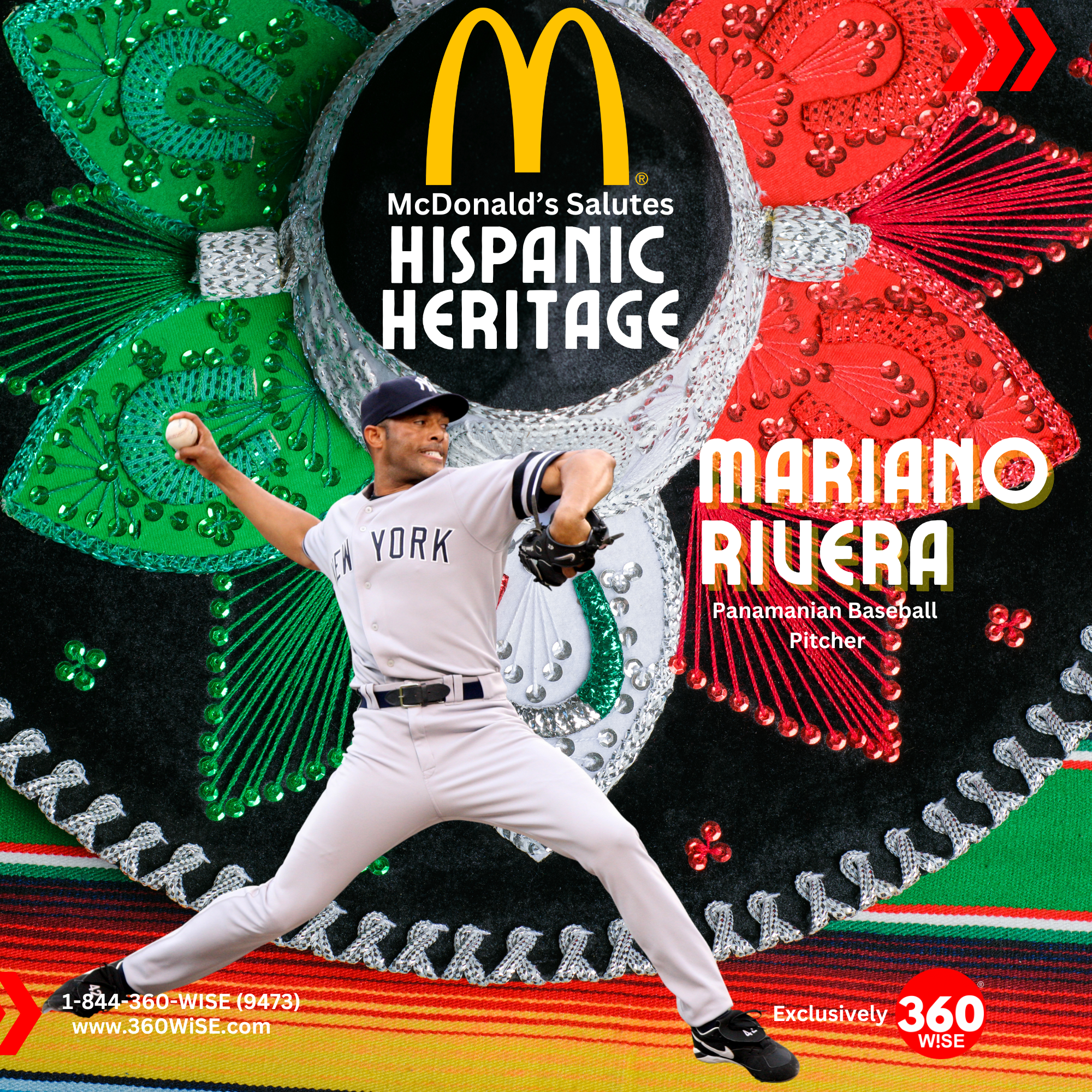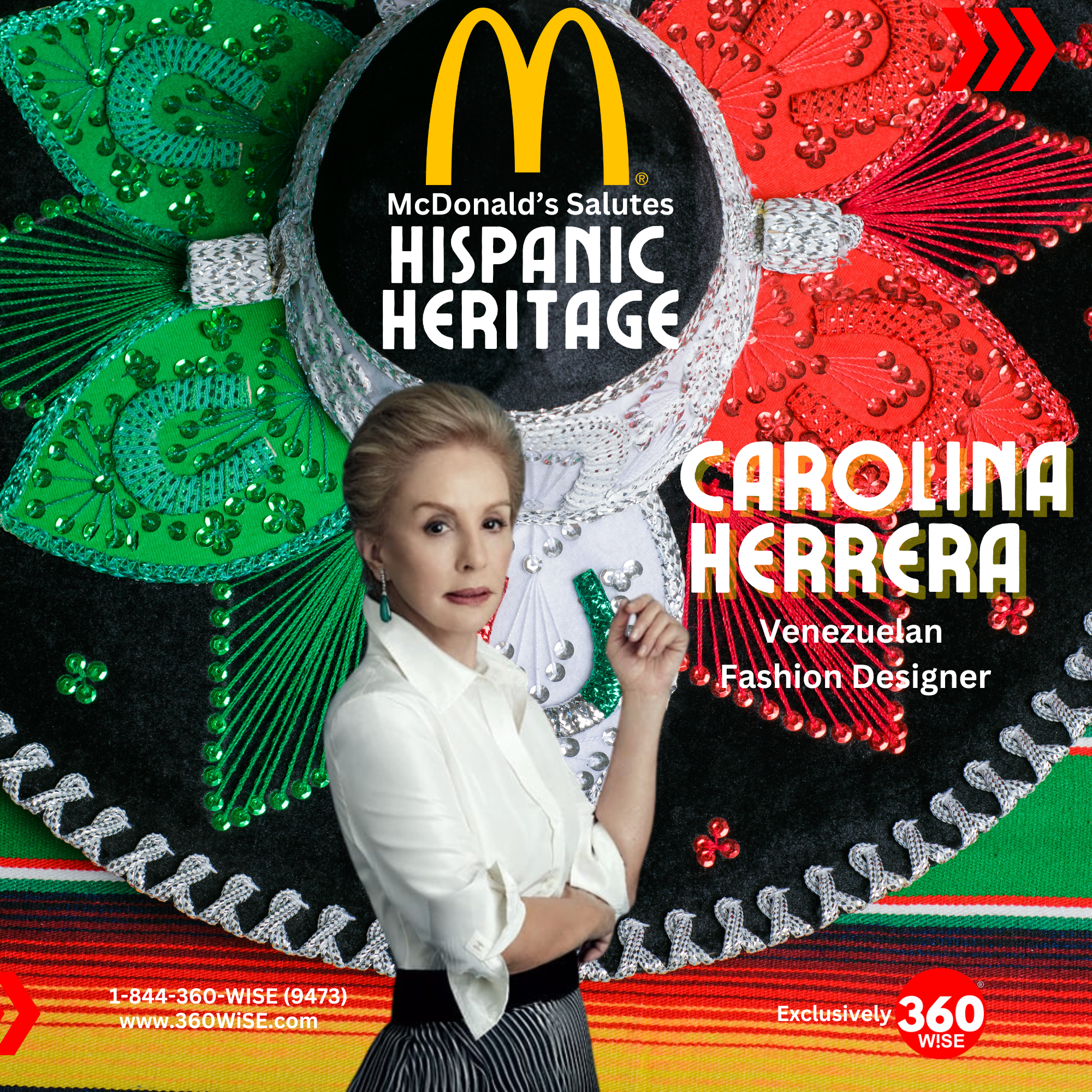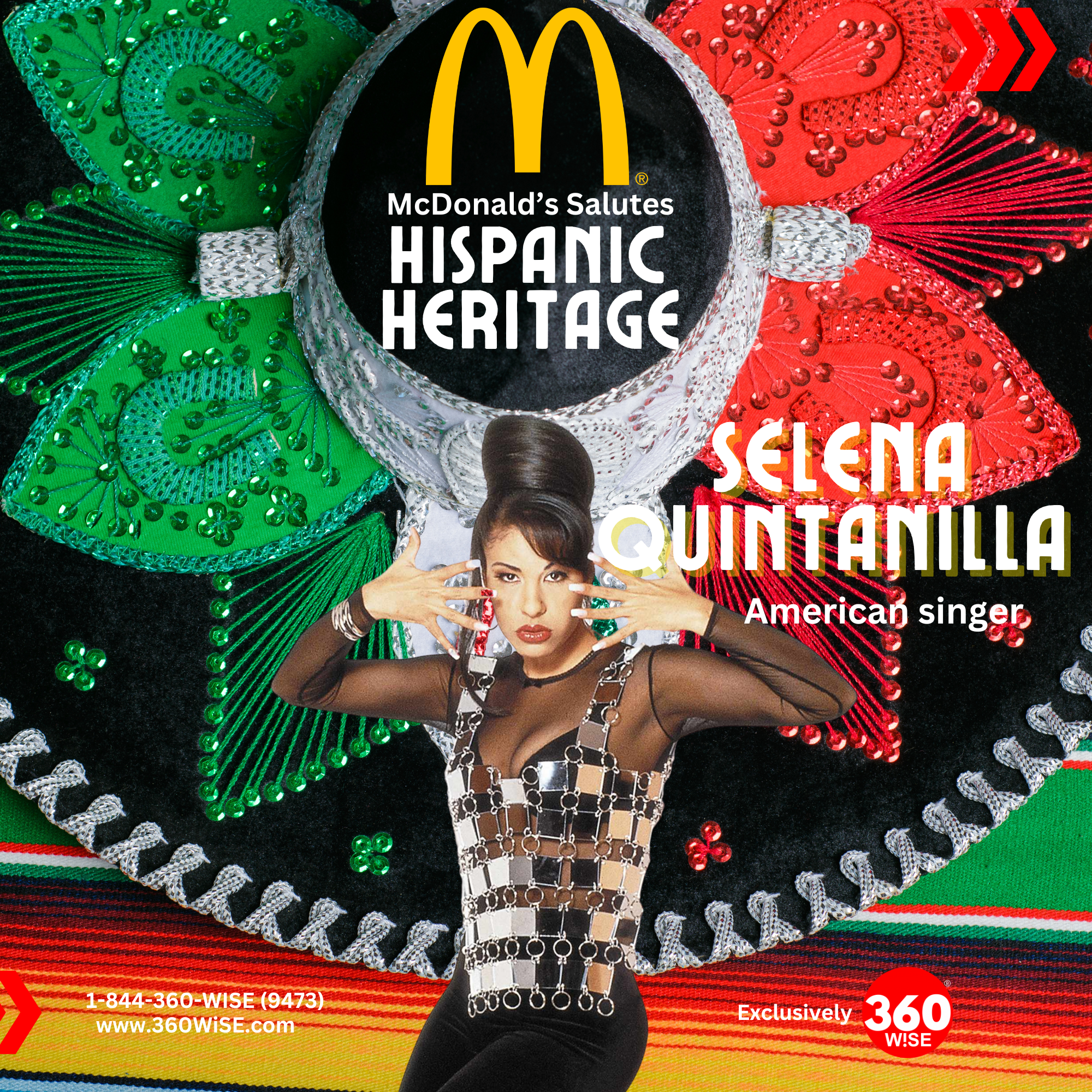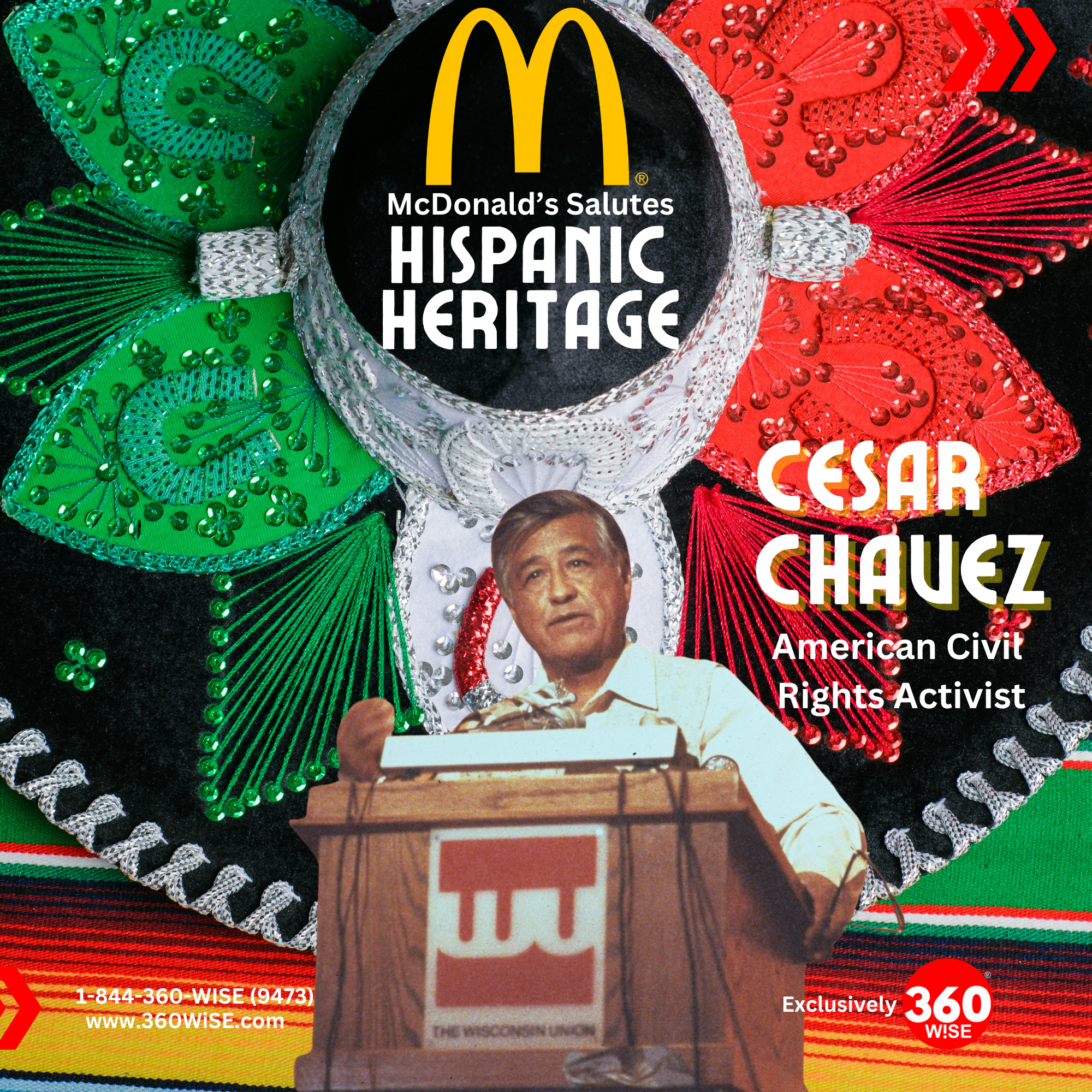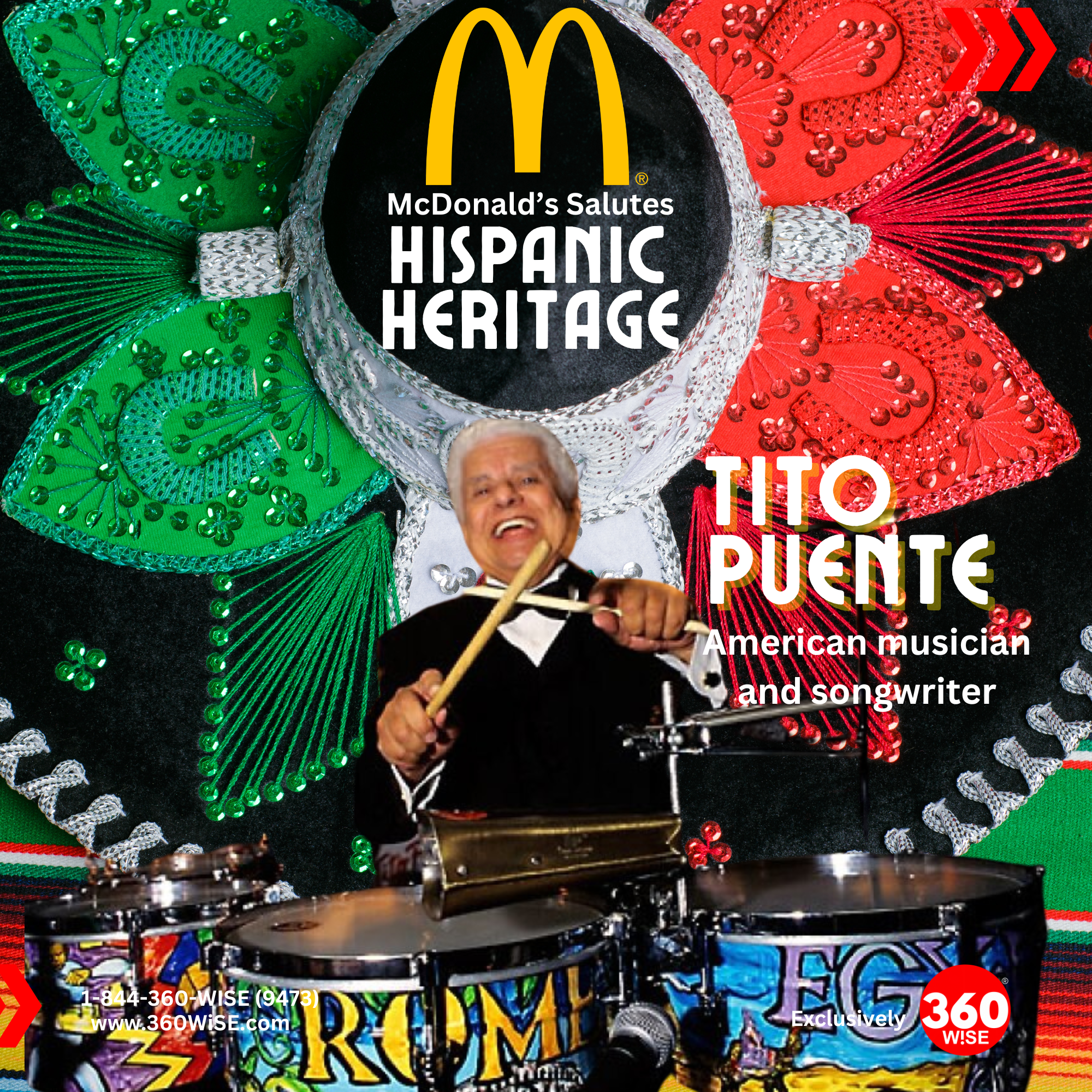 Salutes Hispanic History Back To McDonald's Salutes Hispanic History
Salutes Hispanic History Back To McDonald's Salutes Hispanic History
Mario Molina
Who is Mario Molina?
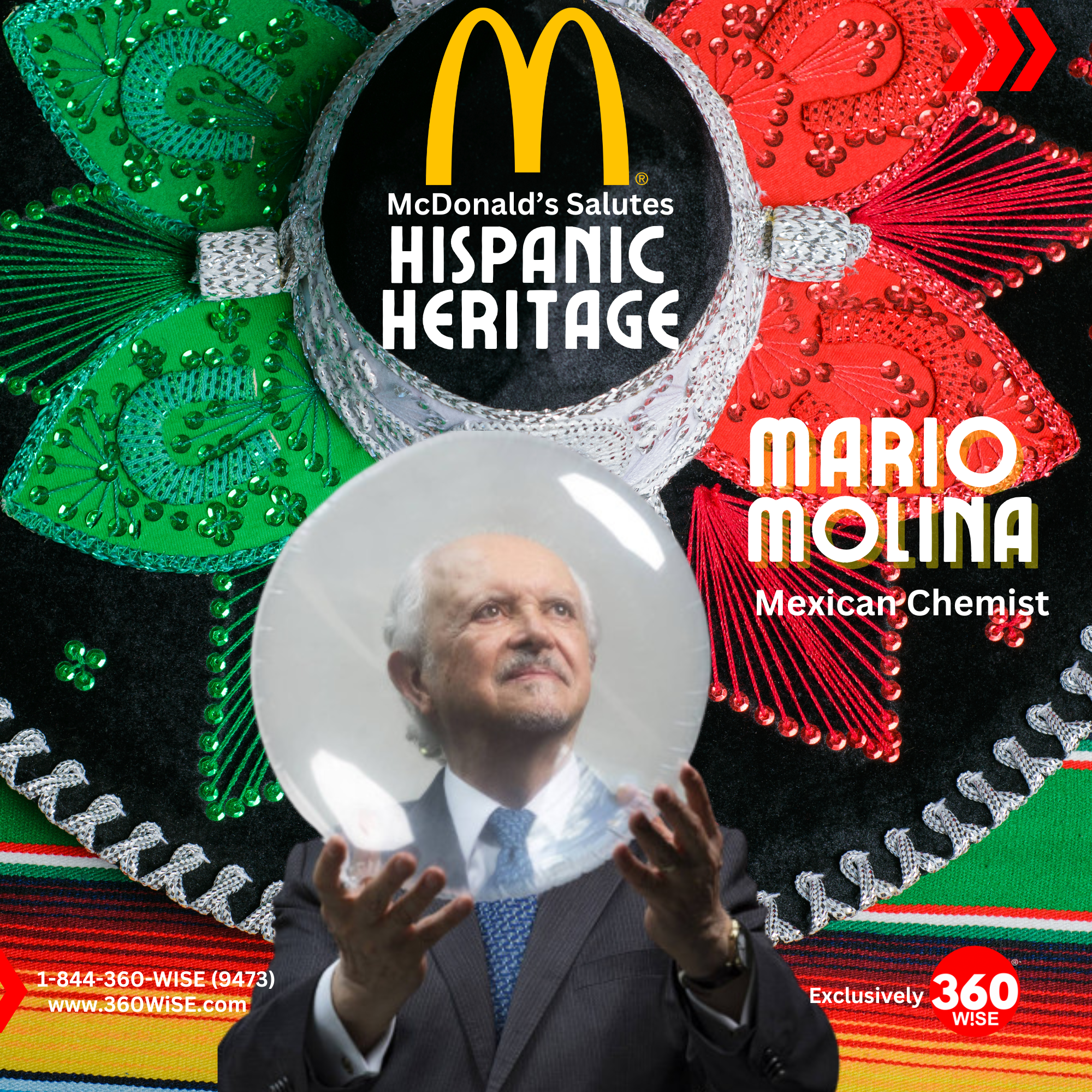
A Nobel Laureate’s Legacy
Mario José Molina-Pasquel Henríquez, known as Mario Molina, was a groundbreaking scientist whose work on atmospheric chemistry significantly contributed to our understanding of the ozone layer and the impact of human activities on the environment. Born on March 19, 1943, in Mexico City, Molina became one of the most prominent figures in environmental science, earning the Nobel Prize in Chemistry in 1995 for his role in discovering the threat of chlorofluorocarbons (CFCs) to the ozone layer. His research not only revolutionized the field of atmospheric chemistry but also led to global policy changes that have helped protect the Earth’s atmosphere. As we celebrate Hispanic Heritage Month, Mario Molina’s contributions to science and the environment stand as a testament to the power of scientific inquiry and its impact on global policy.
Early Life: A Passion for Science
Mario Molina was born into a well-educated family in Mexico City. His father, Roberto Molina Pasquel, was a lawyer and diplomat, and his mother, Leonor Henríquez de Molina, was a homemaker. From an early age, Molina displayed a strong interest in science, particularly chemistry. He was fascinated by the natural world and spent much of his childhood conducting experiments in a makeshift laboratory in his family’s bathroom, where he played with toy microscopes and chemistry sets.
Recognizing his passion and talent, Molina’s parents supported his scientific pursuits, enrolling him in the prestigious Swiss-German College in Mexico City. This early education provided him with a solid foundation in science and mathematics, further fueling his curiosity and ambition. At the age of 11, Molina was sent to boarding school in Switzerland, where he continued to excel academically.
After completing his secondary education, Molina returned to Mexico to attend the National Autonomous University of Mexico (UNAM), where he earned a degree in chemical engineering in 1965. His time at UNAM deepened his interest in chemistry, particularly in the study of molecules and their interactions. Determined to further his education, Molina moved to Germany to pursue graduate studies at the University of Freiburg, where he earned his master’s degree in 1967.
Academic and Professional Journey: The Path to Discovery
Mario Molina’s academic journey took him from Mexico to Germany and eventually to the United States, where he would make his most significant scientific contributions. After completing his master’s degree in Germany, Molina decided to pursue a Ph.D. in physical chemistry at the University of California, Berkeley. At Berkeley, he studied under Nobel laureate George Pimentel, focusing on chemical kinetics—the study of the rates of chemical reactions.
Molina’s time at Berkeley was transformative, exposing him to cutting-edge research and leading to his first significant contributions to the field of atmospheric chemistry. After earning his Ph.D. in 1972, Molina joined the research group of F. Sherwood Rowland at the University of California, Irvine. It was here, in collaboration with Rowland, that Molina would embark on the research that would change the world’s understanding of the atmosphere.
In the early 1970s, the widespread use of chlorofluorocarbons (CFCs) in aerosol sprays, refrigerants, and other industrial applications was a growing concern among scientists. CFCs were thought to be chemically inert and harmless, but Molina and Rowland suspected otherwise. They hypothesized that CFCs released into the atmosphere could eventually reach the stratosphere, where they would be broken down by ultraviolet (UV) radiation, releasing chlorine atoms that could destroy ozone molecules.
The Ozone Layer Discovery: A Global Impact
In 1974, Mario Molina and F. Sherwood Rowland published a seminal paper in the journal Nature that detailed their findings on the potential dangers of CFCs to the ozone layer. Their research demonstrated that CFCs, once released into the atmosphere, could persist for decades and eventually decompose in the stratosphere, leading to the release of chlorine atoms. These chlorine atoms, in turn, could catalyze the destruction of ozone molecules, leading to the depletion of the ozone layer—a critical component of the Earth’s atmosphere that protects life from harmful UV radiation.
Molina and Rowland’s discovery was groundbreaking, as it revealed a previously unknown threat to the planet’s environment. The potential consequences of ozone depletion were severe, including an increased risk of skin cancer, cataracts, and other health problems, as well as negative impacts on ecosystems and agriculture. Their research sparked widespread concern and led to calls for action to reduce the use of CFCs and protect the ozone layer.
However, their findings were met with skepticism and resistance from some quarters, particularly from the chemical industry, which was heavily invested in the production and use of CFCs. Despite the initial pushback, Molina and Rowland continued to advocate for policies to limit CFC emissions, using their scientific findings to educate the public and policymakers about the urgent need to protect the ozone layer.
Their persistence paid off. In 1985, British scientists discovered a massive hole in the ozone layer over Antarctica, providing direct evidence of the harmful effects of CFCs on the atmosphere. This discovery galvanized international efforts to address the problem, leading to the adoption of the Montreal Protocol in 1987. The Montreal Protocol was a landmark international treaty that aimed to phase out the production and use of ozone-depleting substances, including CFCs. It remains one of the most successful environmental agreements in history, with nearly universal ratification and significant progress in restoring the ozone layer.
Nobel Prize and Continuing Influence
In recognition of their groundbreaking work, Mario Molina, F. Sherwood Rowland, and Dutch scientist Paul Crutzen were awarded the Nobel Prize in Chemistry in 1995. The Nobel Committee recognized their “work in atmospheric chemistry, particularly concerning the formation and decomposition of ozone,” and highlighted the profound impact their research had on environmental policy and global efforts to protect the planet.
The Nobel Prize was a fitting acknowledgment of Molina’s contributions to science and the environment, but his work did not stop there. Throughout his career, Molina remained committed to addressing environmental challenges and advocating for sustainable policies. He continued to conduct research on air pollution, climate change, and the effects of global warming, and he played a key role in advising governments and international organizations on environmental issues.
Molina’s influence extended beyond the scientific community. He was a passionate advocate for science education and outreach, particularly in Latin America. He believed in the importance of making scientific knowledge accessible to the public and inspiring the next generation of scientists and environmental leaders. In 2004, he established the Mario Molina Center for Strategic Studies on Energy and the Environment in Mexico City, a research institute dedicated to addressing environmental challenges and promoting sustainable development in Mexico and beyond.
Mario Molina’s Legacy: A Champion for the Planet
Mario Molina’s legacy is one of scientific excellence, environmental advocacy, and a deep commitment to the well-being of the planet. His research on the ozone layer not only revolutionized the field of atmospheric chemistry but also led to one of the most successful global environmental initiatives in history. The Montreal Protocol, which was directly inspired by Molina’s work, has been instrumental in reducing the emissions of ozone-depleting substances and has contributed to the ongoing recovery of the ozone layer.
Molina’s contributions to science and the environment have had a lasting impact, shaping international policies and inspiring countless individuals to pursue careers in environmental science and advocacy. His work serves as a powerful reminder of the importance of scientific research in addressing global challenges and protecting the health and well-being of future generations.
Beyond his scientific achievements, Molina was a tireless advocate for environmental justice and sustainability. He understood that environmental issues are deeply interconnected with social and economic challenges, and he worked to promote policies that addressed these complexities. Molina’s commitment to science, education, and the environment has left an indelible mark on the world, and his legacy continues to inspire those who seek to make a positive impact on the planet.
Conclusion: Celebrating Mario Molina’s Contributions to Science and the Environment
As we celebrate Hispanic Heritage Month, it is important to recognize the extraordinary contributions of Mario Molina to science and the environment. His pioneering research on the ozone layer not only transformed our understanding of atmospheric chemistry but also led to global policy changes that have helped protect the Earth’s atmosphere for future generations. Molina’s legacy is a testament to the power of science to effect positive change and to the importance of continued efforts to address the environmental challenges facing our world.
Mario Molina will always be remembered as a trailblazer in environmental science, a Nobel laureate, and a champion for the planet. His work has had a profound and lasting impact on the world, and his legacy serves as an inspiration to all those who are committed to protecting the environment and advancing the cause of sustainability. As we honor his achievements during Hispanic Heritage Month, we also celebrate the broader impact of his work on science, policy, and the global effort to safeguard our planet for future generations.
THE MOMENT
QUICK FACTS
Thank you to the New York Tristate Owner and Operators Association for your continued support.



